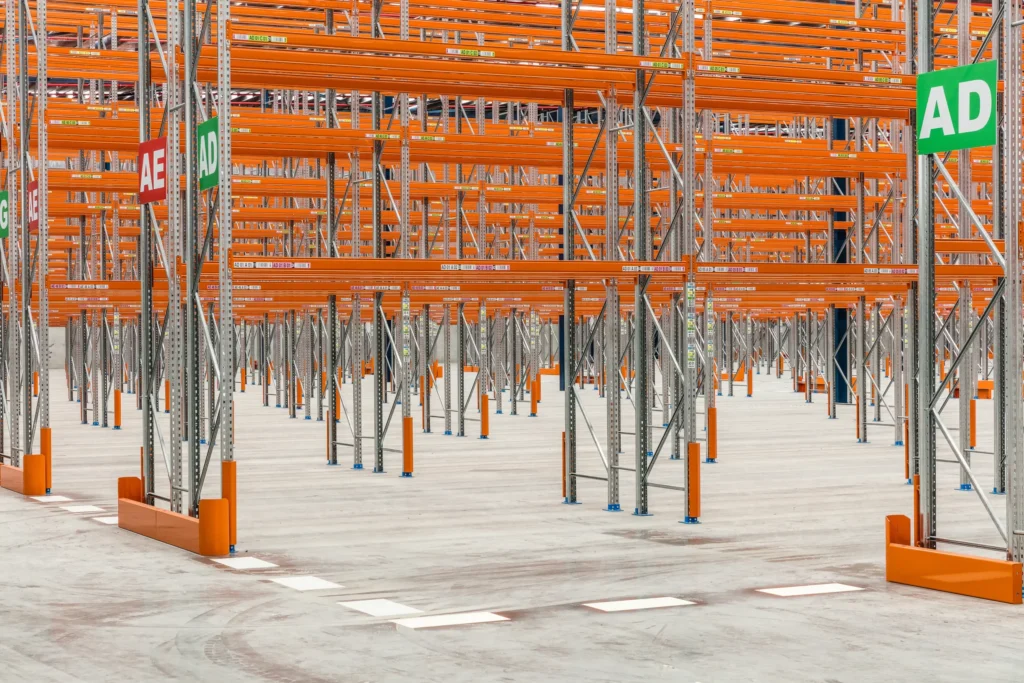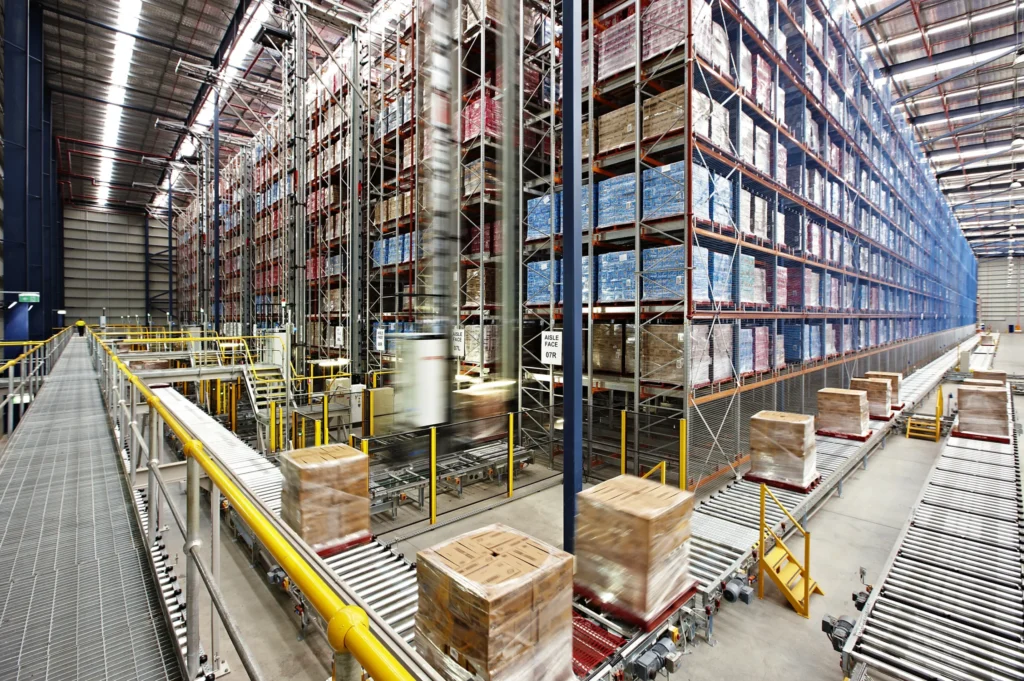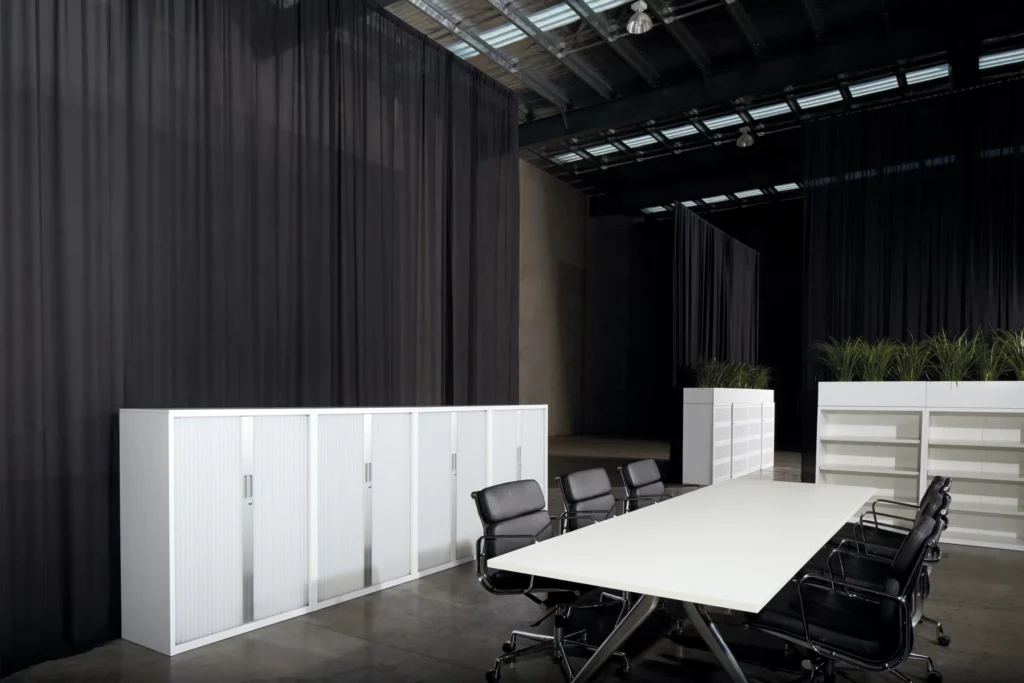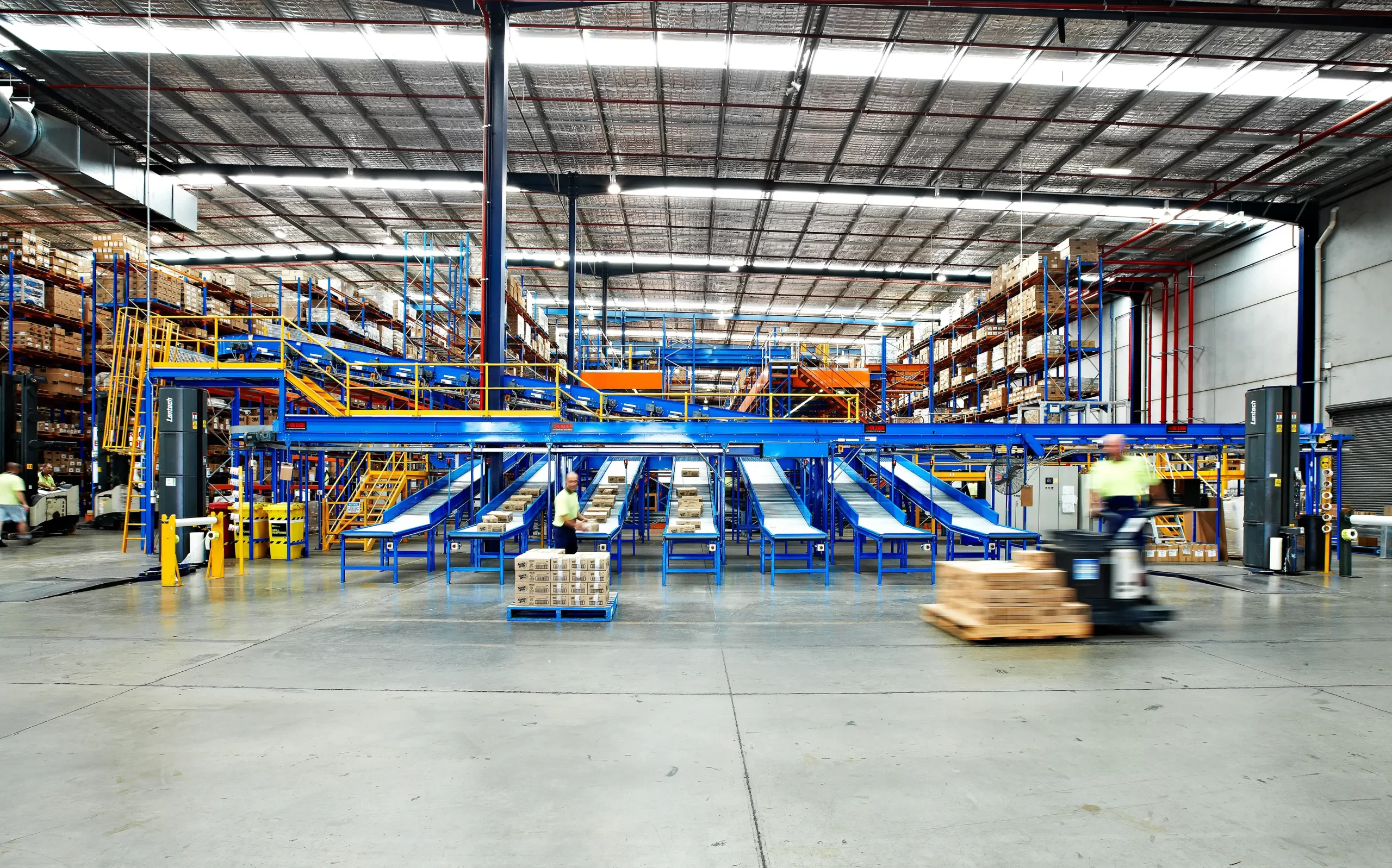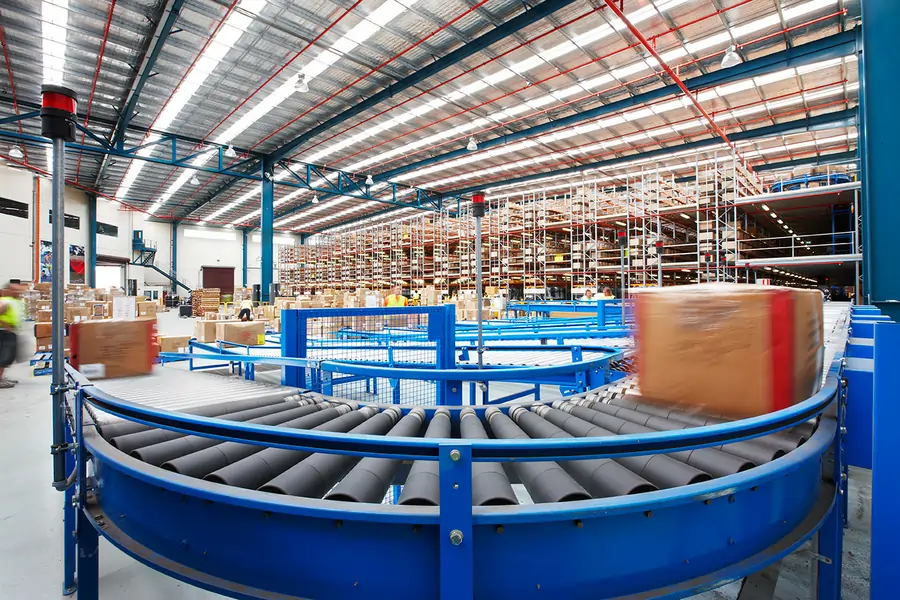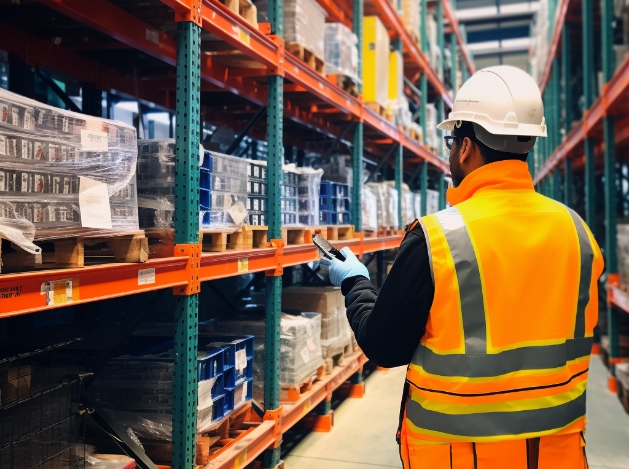1. Instil a safety culture in your business
The role of senior leadership role is vital in making safety a priority for the organisation. A leadership team that understands risks would look at designing systems and operating processes that minimise and mitigate risk. WHSE policies and guidelines govern day-to-day behaviours of employees to prevent injuries and death at the workplace.
When regulations and personal safety commitments are in place, employees would be more conscious that their actions and decisions which affect themselves, their colleagues and the organisation as a whole.
There should also be the emphasis that commercial decisions do not take precedence over safety. This means that employees can report incidents without fear of repercussions and can stay safe at work, then go home to their families safely everyday.
2. All eyes on deck
It is always vital for the warehouse racking system to be in good and safe condition. All warehouse operators should be trained to identify damages and call-out unsafe practices to prevent accidents from taking place.
The implications of collapsed racking is detrimental to both workers and the business. The consequences are:
- Fine or imprisonment or both on business owners
- Disruptions to warehouse operations and costly to the organisation (repairs, insurance premiums, bottom line)
- Adverse publicity to the brand
- Worker injuries or deaths
It is also likely a combination of causes and factors that causes a racking collapse so taking preventive steps are important. Among them:
- MHE handling and driver training
- Operator SOPs and regulations
- Warehouse design
- Rack design and rack condition
- Rack loading
3. Risk Assessment
Warehouse planning is not just about building a warehouse and placing racking in it.
Companies that have safety as a priority will, from the start, identify risks and look into safe practices and expectations that they want to implement for the warehouse.
The scope covers:
- Warehouse layout design according to operational requirements
- Conscientious housekeeping with regular inspection and maintenance plans for the whole year
- MHE operator/driver training
- Traffic Management Plan with aisle markings, segregation of MHE from personnel and racking protection
- Adherence to Safe Working Loads
4. Safe Working Load Signs
Safe load signages that are installed at the end of racking frames not just as a piece of decorative accessory but contains critical information that must be followed strictly.
Each signage will come with:
- Racking manufacturer’s name & trademark
- Safe Working Unit Load
- Safe Working Shelf Level Load
- Safe Working Bay Load
- Drawings Indicating Beam Positions
- Emergency contact numbers
Providing training to all warehouse personnel on how to read the information is essential to ensure that the maximum loads indicated are strictly followed. It helps each operator relate the information on the signages to their work without overloading the racking system.
This includes obtaining the Racking User Manual from the manufacturer and going through the instructions carefully. One extremely important point is that no alterations or changes to the use of pallet racking should be undertaken without the specific approval of the manufacturer otherwise the implications could be hazardous.
5. Proper use of Materials Handling Equipment (MHE)
Operators should be properly trained on principles of safe operation and understand what are common hazards associated with forklifts. These include unsecured loads falling onto pedestrians, forklifts tipping over due to excessive speed or unbalanced loads, and bad visibility which could lead to collisions or fatal accidents.
Precautions include ensuring that forklifts are in the proper design and capacity to meet operational requirements and in the suitable size for moving within the racking aisles.
Daily inspection of MHEs can also play a big part in preventing accidents. In addition, having clear floor marking systems with designated walkways and traffic signages can keep pedestrians safe.
6. Racking Inspection
Safe Operation, Inspection and Maintenance is a compliance requirement for racking following the AS4084-2012 or EN 15635 codes.
It is crucial for racking systems to be inspected on a regular basis for any damage. For high traffic warehouses, this should be done on a weekly basis, whilst for warehouses that are not as busy, a monthly inspection is recommended.
It is also highly recommended that a certified rack inspector performs a rack audit at least once every 12 months. These are measures that effectively promote safety in the warehouse.
If you would like to receive a copy of our Pallet Racking Inspection Checklist, please click here.
